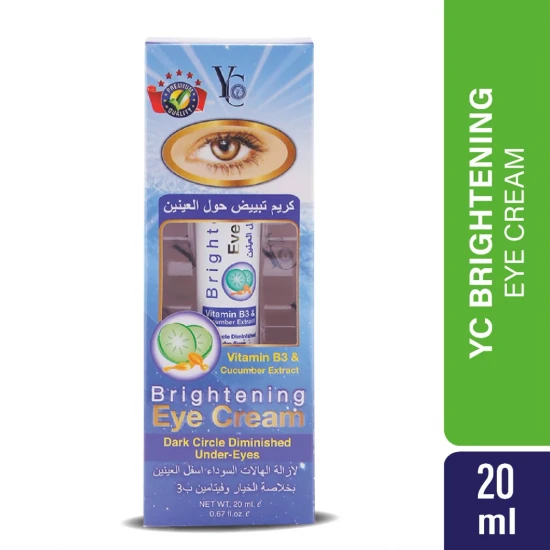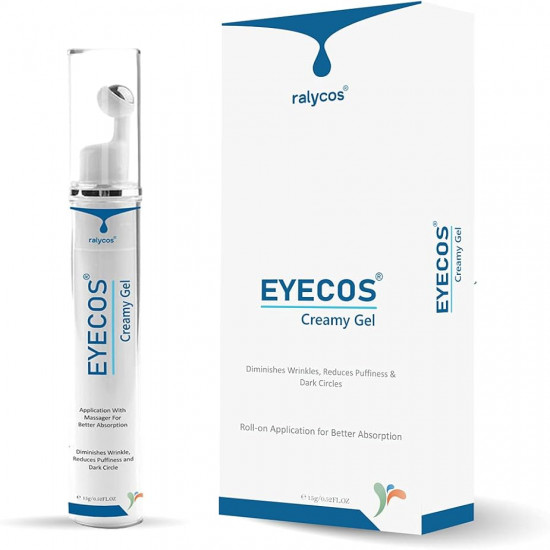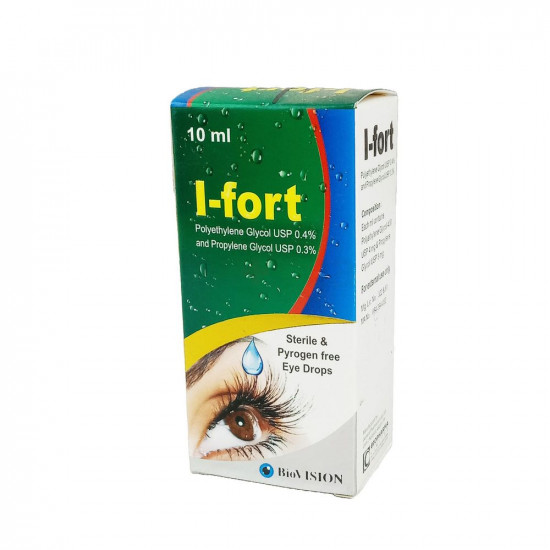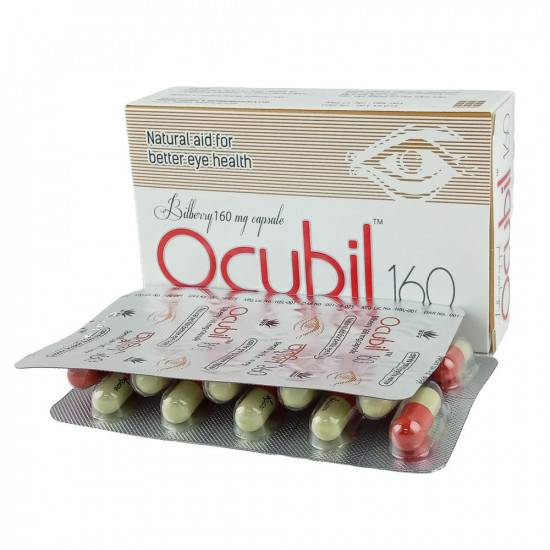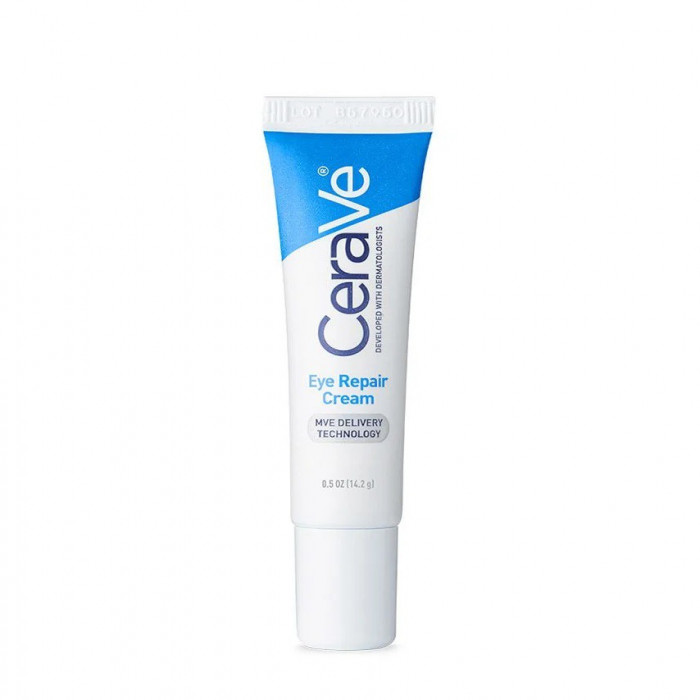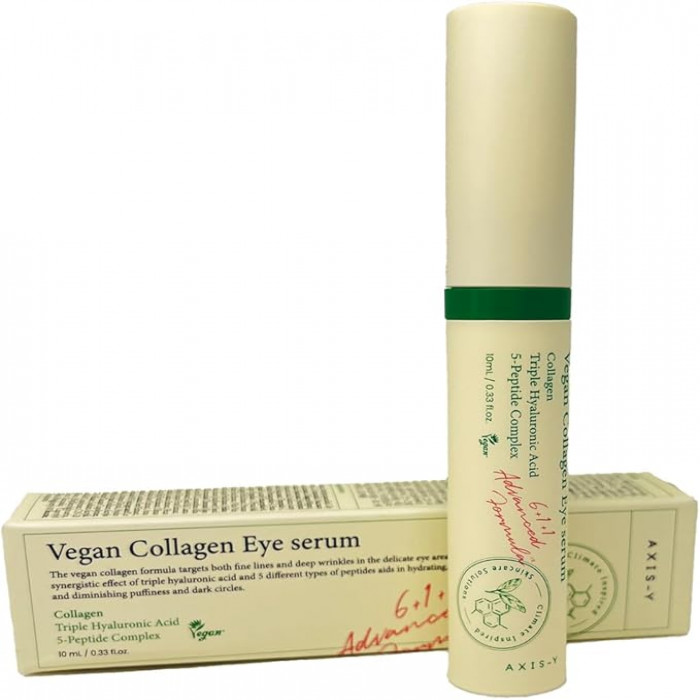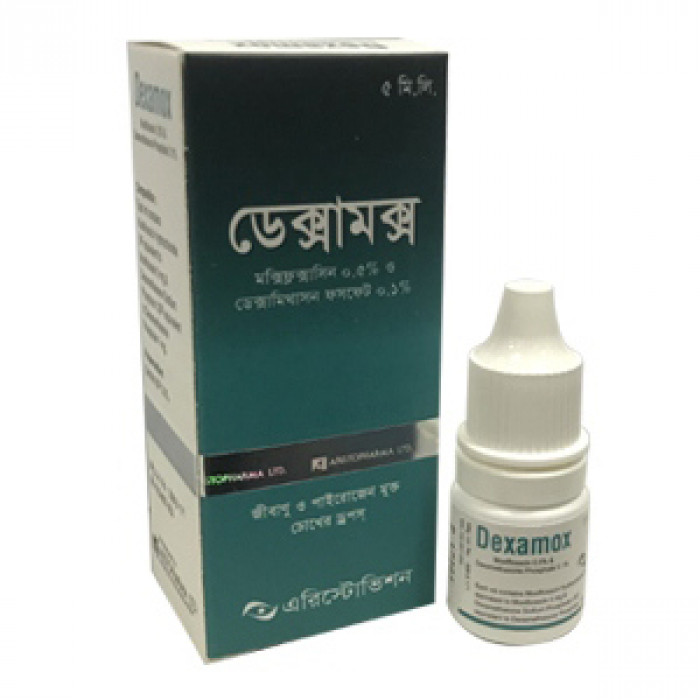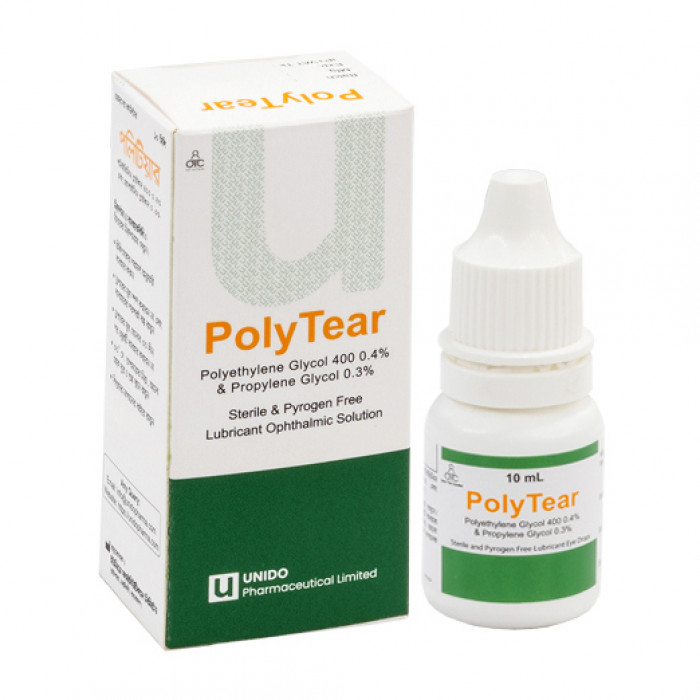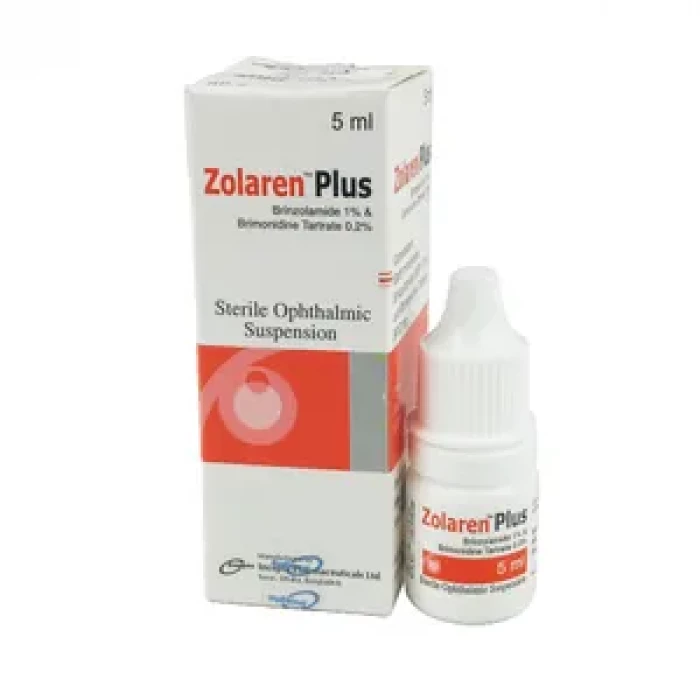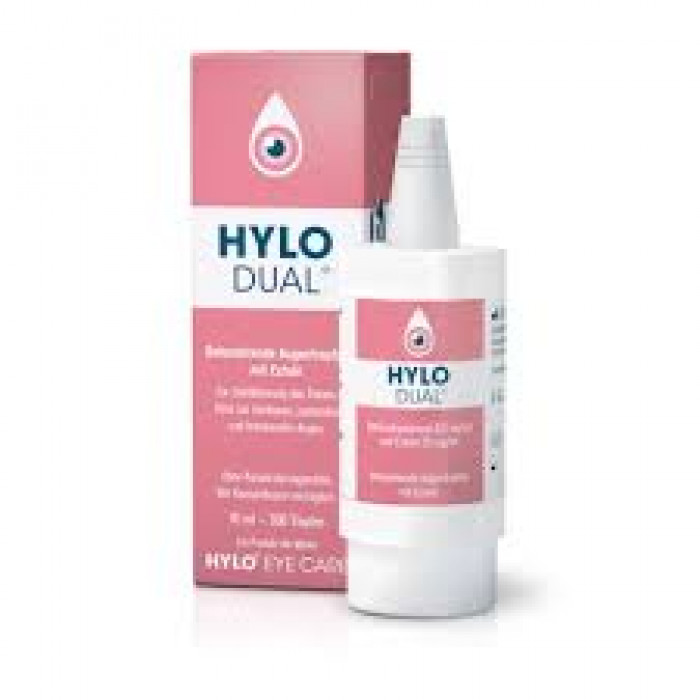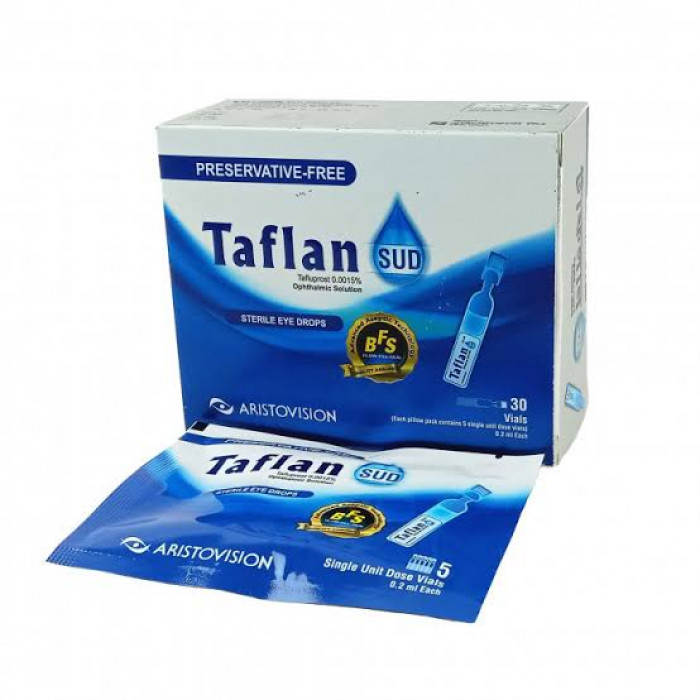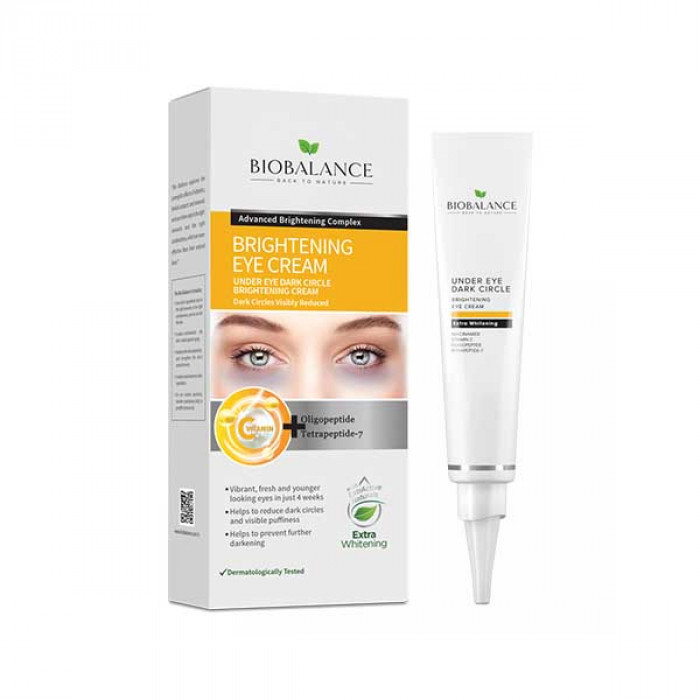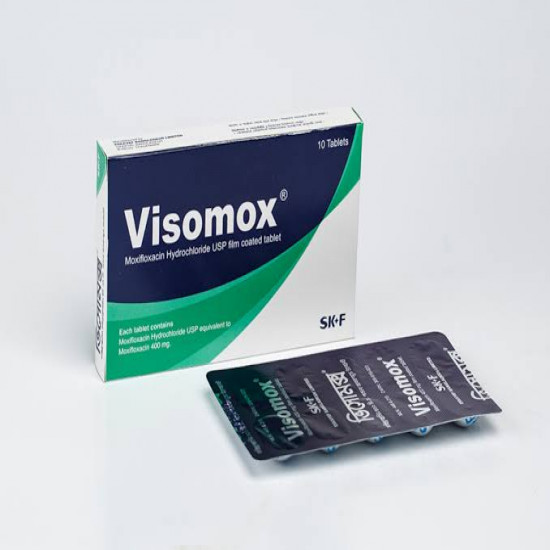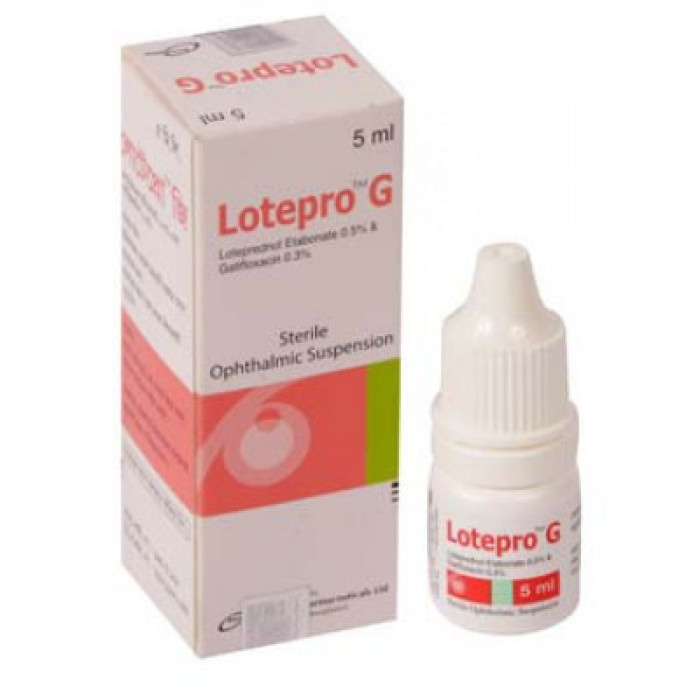
✔ 100% Authentic Product
👁️ Currently Viewing 1175
✅ Description:
Indications
This ophthalmic solution is intended for steroid-responsive inflammatory ocular diseases that need a corticosteroid as well as superficial bacterial ocular infection or the risk of bacterial ocular infection. Inflammatory diseases of the palpebral and bulbar conjunctiva, cornea, and anterior portion of the globe, such as allergic conjunctivitis, acne rosacea, superficial punctate keratitis, herpes zoster keratitis, iritis, and cyclitis, are treated with ocular steroids. It is also used to treat post-operative inflammation following eye surgery.
Pharmacology
For topical application to the eyes, this is a sterile ophthalmic solution comprising Loteprednol Etabonate (corticosteroid) and Gatifloxacin (antibiotic).
Loteprednol is hypothesized to work by inducing phospholipase A2 inhibitory proteins known as lipocortins. It is thought that these proteins regulate the production of powerful inflammatory mediators like prostaglandins and leukotrienes by limiting the release of their common precursor arachidonic acid. Phospholipase A2 liberates arachidonic acid from membrane phospholipids.
Gatifloxacin inhibits DNA gyrase and topoisomerase IV, which is why it has antibacterial properties. DNA gyrase is a necessary enzyme for the replication, transcription, and repair of bacterial DNA. Topoisomerase IV is an enzyme that is involved in chromosomal DNA partitioning during bacterial cell division. Fluoroquinolone antibiotics, such as gatifloxacin, have a distinct mode of action than aminoglycoside, macrolide, and tetracycline antibiotics. As a result, gatifloxacin may be effective against infections resistant to these antibiotics, while these drugs may be effective against gatifloxacin-resistant pathogens. Gatifloxacin has been demonstrated to be effective against the majority of isolates of the following species in both microbiologic and clinical studies. Gram-Positive Bacteria (Aerobic Gram-Positive Bacteria): Staphylococcus aureus is a kind of bacteria. Staphylococcus epidermidis is a kind of bacteria that causes skin infections. Streptococcus mitis is a kind of bacteria. Oral Streptococcus Streptococcus pneumoniae is a kind of bacteria that causes pneumonia. Haemophilus influenzae is an aerobic Gram-Negative Bacteria.
Dosage & Administration
Apply one or two drops of sterile ophthalmic suspension into the conjunctival sac of the affected eye(s) every four to six hours. During the initial 24 to 48 hours, the dosing maybe increased, to every one to two hours. Frequency should be decreased gradually as warranted by improvement in clinical signs. Care should be taken not to discontinue therapy prematurely.
Interaction
There have been no reports of medication interactions as of yet. If numerous medications are to be delivered to the eye, there should be at least a 5-minute gap between each administration.
Contraindications
This sterile ophthalmic solution is contraindicated in the majority of viral illnesses of the cornea and conjunctiva, including epithelial herpes simplex, as well as mycobacterial eye infection and fungal diseases of ocular tissues. It is also not recommended if you have a history of hypersensitivity to any of the components in this recipe. It is also not recommended for individuals who have a history of hypersensitivity to other quinolones, acetylsalicylic acid, or nonsteroidal anti-inflammatory drugs.
Side Effects
Adverse responses to steroid/anti-infective combination medications have occurred, which can be ascribed to either the steroid component or the anti-infective component, or the combination. Elevated IOP, which may be associated with infrequent optic nerve damage, visual acuity and field detects, posterior sub capsular cataract formation, delayed wound healing, secondary ocular infections from pathogens such as herpes simplex, and perforation of the globe where there is thinning of the cornea or sclera are all reactions associated with ophthalmic steroids. Conjunctival irritation, increased lacrimation, keratitis, and papillary conjunctivitis were the most frequently reported side events for gatifloxacin in the entire study population. These occurrences happened in roughly 5-10% of patients. Chemosis, conjunctival bleeding, dry eye, eye discharge, eye irritation, eye discomfort, eyelid edema, headache, red eye, decreased visual acuity, and taste disturbance were also observed in 1-4 percent of patients. The most frequent adverse event was redness, which occurred in 6% of the cases. Itching, discharge photophobia, and impaired vision were observed in fewer than 2% of patients.
Precautions & Warnings
The preparation should not be injected subconjunctivally or directly into the anterior chamber of the eye. If this product is used for more than 10 days, the intraocular pressure should be monitored. In any chronic corneal ulceration where a steroid has been or is being administered, fungus invasion must be evaluated. If the patient's redness or itching worsens, he or she should be recommended to see a doctor. Patients who wear soft contact lenses and do not have red eyes should be told to wait at least ten minutes after injecting it before inserting their contact lenses.
Therapeutic Class
Combination ophthalmic steroid-antibiotic preparations
Storage Conditions
Store at room temperature and keep away from direct sunlight. Do not let the dropper tip come into contact with any surface. It is preferable not to utilize the contents of the bottle for one month after the first opening. Keep away from the cold.
⚠️Disclaimer:
At ePharma, we’re committed to providing accurate and accessible health information. However, all content is intended for informational purposes only and should not replace medical advice from a qualified physician. Please consult your healthcare provider for personalized guidance. We aim to support, not substitute, the doctor-patient relationship.




